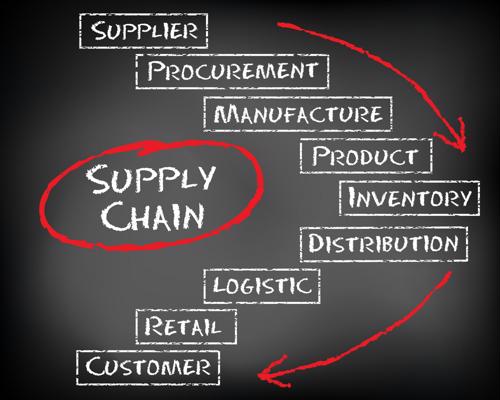What Does Supply Chain Innovation Look Like in Action?
- Supply Chain

Opportunities to innovate in the supply chain are rising quickly in light of digital technologies emerging across a variety of sectors.
Businesses working to leverage advanced technologies – such as the internet of things to mixed reality solutions – must carefully balance the benefits against potential disruptions. Creating a clear, coherent blueprint for innovation is critical in this area.
The Disruptive Impact of Supply Chain Change
Speaking with Supply Chain Management Review, industry expert Kristi Montgomery explained that organizations must be careful in how they enact change so they don’t risk excessive disruption to the supply chain.
“[The] supply chain is the backbone of a company: strong, flexible and supporting so many parts of the business,” Montgomery told the news source. “But in many ways, they’re also fragile: too much change or pressure and they’ll fracture, with wide-spread impact throughout the organization. Like all parts of business, new technologies, new processes and new ways of thinking will make them stronger, more efficient and more powerful.”
As businesses work to implement new technologies to improve visibility and efficiency in the supply chain, it is important that they take a strategic, iterative approach to innovation.
The Pace of Supply Chain Disruption
Organizations trying to assess how much they can change their supply chain without experiencing too many negative consequences must first understand just how quickly new technologies are impacting operations.
Supply Chain Digital reported that the supply chain has become almost unrecognizable from what it was just a few years ago, and this trend is not stopping anytime soon. Financial and operational technologies are coming together to drive change. In response, organizations are finding themselves needing to track every component of the supply chain and link both physical and digital assets into common platforms.
Emerging technologies are driving change at an incredibly rapid pace, the report explained, and companies need to be careful not to fall too far behind.
Keeping Pace with Supply Chain Innovation
These reports point to a difficult situation for businesses. On one hand, they must adapt quickly or fall behind. On the other, too much change, with excess haste, can have negative consequences. Creating a blueprint for technological and operational innovation is critical. To accomplish this, companies should:
- Identify their short- and long-term business goals in relation to supply chain strategies.
- Prioritize technologies for use in various warehouse and operational settings.
- Pin down weak points, such as wireless network penetration, that could hold up innovation if they aren’t dealt with quickly.
- Train employees on an ongoing basis so they are prepared for new technologies.
- Bring together multi-disciplinary teams to understand the full implications of change.
- Invest in foundational technologies that set a basis for ongoing innovation over time.
Each of these tasks is extremely important, and it is vital that businesses don’t neglect how different technology choices impact one another. For example, mobile data collection solutions stand out as a key baseline technology. Organizations with robust barcode scanning and labeling solutions can gather and share data in real-time, automating many workflows between supply chain teams. Increasing the use of automation systems will have a limited impact if you can’t feed the warehouse automation platform relevant and timely data.
In real-world settings, innovation often happens gradually, with solutions building on one another over time. If your business is looking at a long-term supply chain modernization strategy, contact RFgen today. Our mobile data collection solutions lay the groundwork for sustained progress as businesses work to take full advantage of what digital technologies can offer in the supply chain.
More Trends in Supply Chain Innovation
- How Companies Guard Against Modern Supply Chain Risks
- The Impact of Climate Change on the Supply Chain
- The Risk of Ethical Gray Areas in the Supply Chain
- How Supply Chain Data Mining Drives Company Growth
- Supply Chain Segmentation – the Secret to Omnichannel Success
- How to Leverage Weather Data in the Supply Chain
- A Look at the Supply Chain Challenges at the Games in Rio





